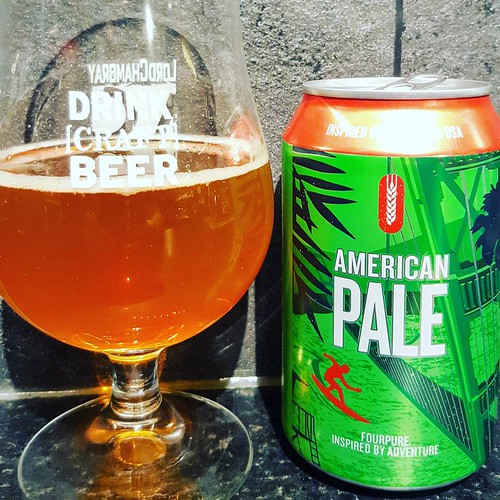min, followed by centrifugation at 13,0006g for 10 min at 4uC. All subsequent steps were conducted either on ice or at 4uC. Lysate was precleared by incubation with Protein A agarose for 10 min, then centrifuged at 13,0006g for 1 min to remove the Protein A agarose. Cleared lysate was incubated with 2 mg/mL of antibody against RILP overnight, followed by incubation with Protein A agarose for an additional 3 h. Lysate was centrifuged at 13,0006g for 1 min, and washed five times with lysis buffer. Samples were then boiled in 26 SDS loading buffer and loaded onto 10% SDS-PAGE for immuno- blotting with an antibody against Rab7. All blots were developed using Supersignal West Pico and Femto Chemiluminescent Substrate. Statistical Analyses All statistical analyses were done with GraphPad Prism software. Paired t-tests were done on all data to compare p110a knockdown with control cells at each timepoint. Results were considered significant at p,0.05. Acknowledgments We thank Dr. Zakaria Hmama for providing specific reagents. Trafficking of newly synthesized lysosomal HA-130 site soluble enzymes from the trans-Golgi network to lysosomes in mammalian cells occurs indirectly, via the plasma membrane followed by endocytosis, or directly, via the endosomal system. In these cells, the mannose 6-phospate receptors bind with high affinity to phosphomannosyl residues attached to the ligand proteins, while their cytoplasmic tails contain motifs capable of recognizing components of the clathrin-coated vesicles that are directed to the endosome/lysosome pathway. In the endosome, the receptorligand complexes are dissociated and the receptor is recycled to a late Golgi compartment, while the hydrolase ends up on the lysosome. In a similar way, sorting of soluble vacuolar hydrolases in yeast depends on the VPS10p , although the sorting is dependent, not on oligosaccharide residues, but on sequences in the vacuolar proteins or a structural determinant that might be recognized directly by the receptor. While in the TGN, the MPRs and Vps10p bind soluble hydrolases, their cytoplasmic tail packages them into clathrincoated vesicles, aided by adaptor proteins. Heterotetrameric adaptor-protein complexes or the GGA monomeric adaptor proteins recognize a tyrosine -based signal with a large hydrophobic residue or a dileucine motif on cytosolic domains of these membrane receptors, respectively. Proper adaptor binding will result in delivery of hydrolases to the late endosomes. Lysosomal protein trafficking in the early branching protist Giardia lamblia seems to be conserved, although some interesting particularities are present. First, this parasite PubMed ID:http://www.ncbi.nlm.nih.gov/pubmed/2221058 lacks a defined Golgi apparatus for the sorting station and the endosomal/lysosomal system is being represented by unique organelles defined as peripheral vacuoles . While lysosomal membrane proteins follow the mammalian principles of binding to adaptor protein complexes and clathrin to be delivered to the PVs, the sorting and trafficking of soluble hydrolases remains unknown in this parasite. Previously, we observed that the soluble acid phosphatase of G. lamblia localized in the PVs and in the endoplasmic reticulum and was present in the nuclear  envelope, in agreement with the enzyme cytochemical localization. Also, we reported that depletion of the medium subunit of AP1 resulted in AcPh retention in the endoplasmic reticulum, with this enzyme being mislocalized from the PVs. These results indicated the presence of a membrane protein
envelope, in agreement with the enzyme cytochemical localization. Also, we reported that depletion of the medium subunit of AP1 resulted in AcPh retention in the endoplasmic reticulum, with this enzyme being mislocalized from the PVs. These results indicated the presence of a membrane protein
